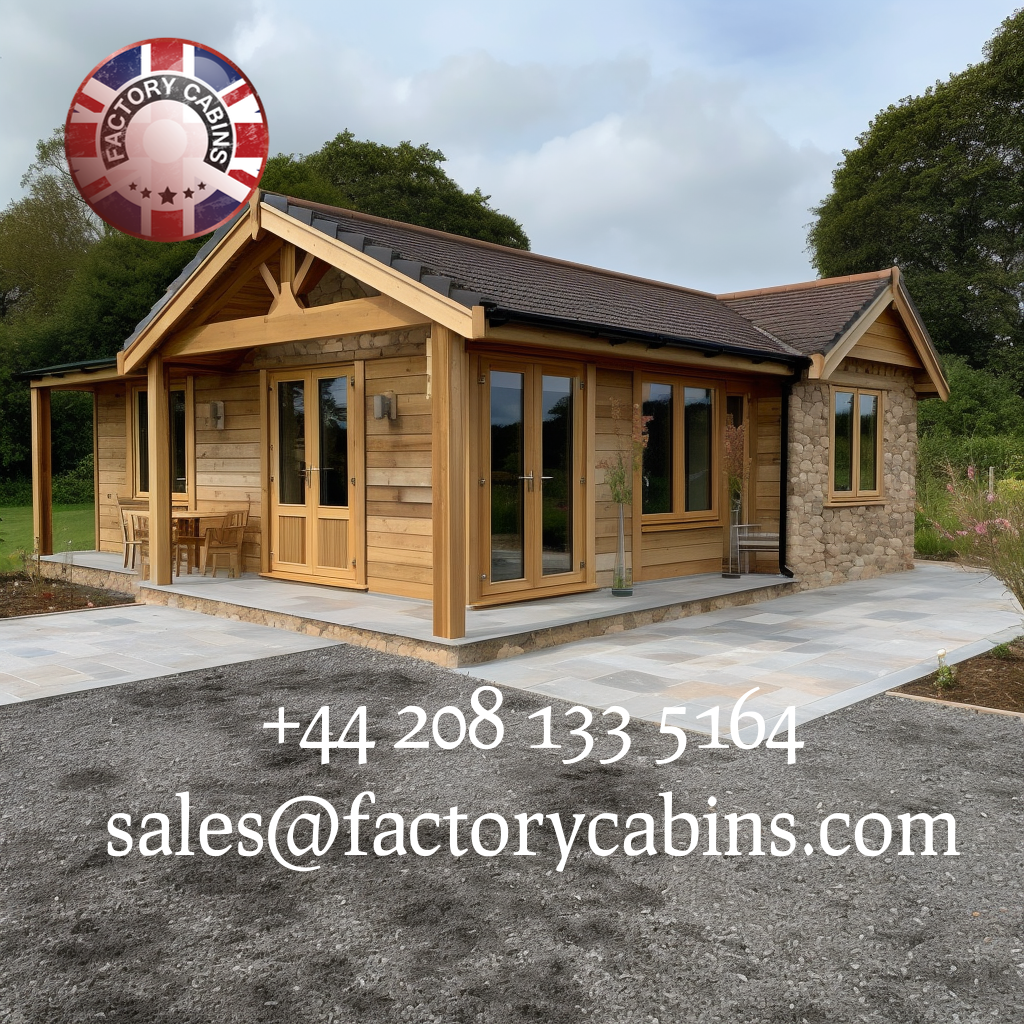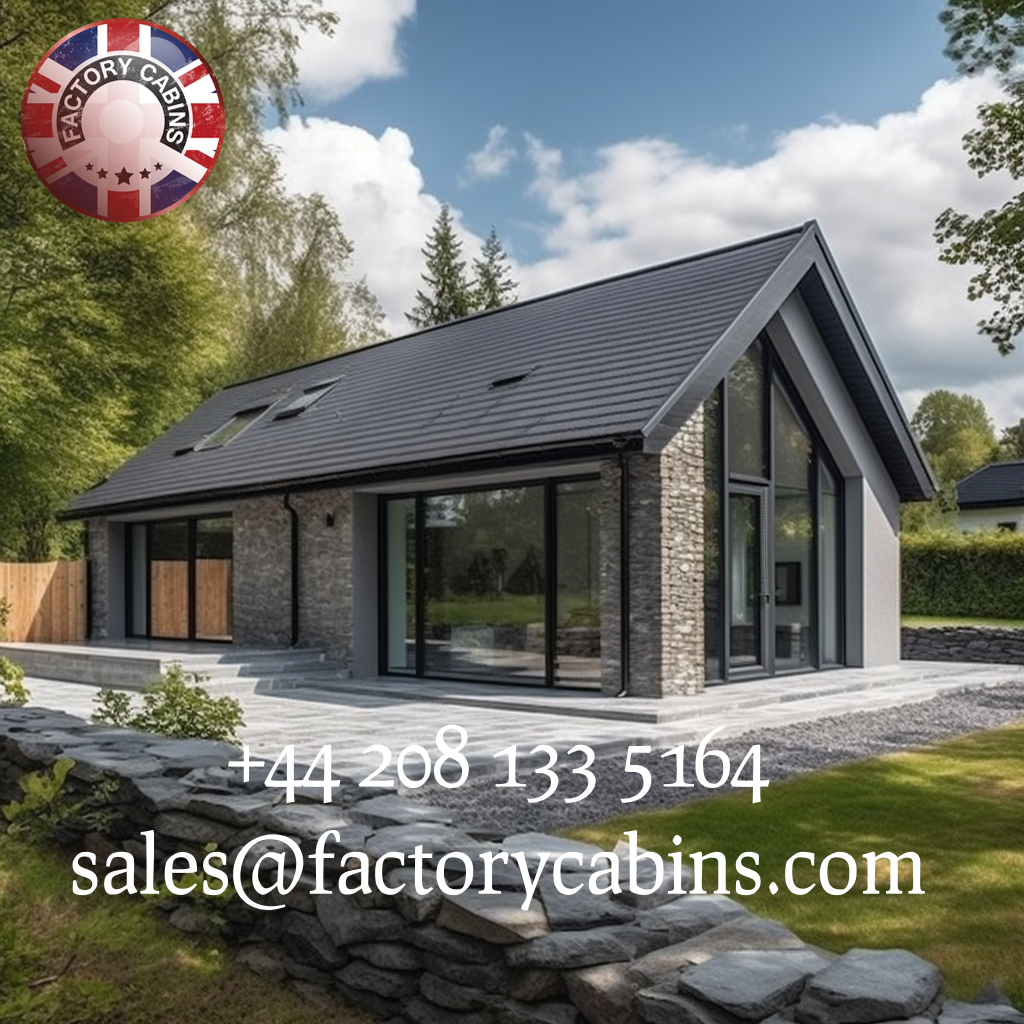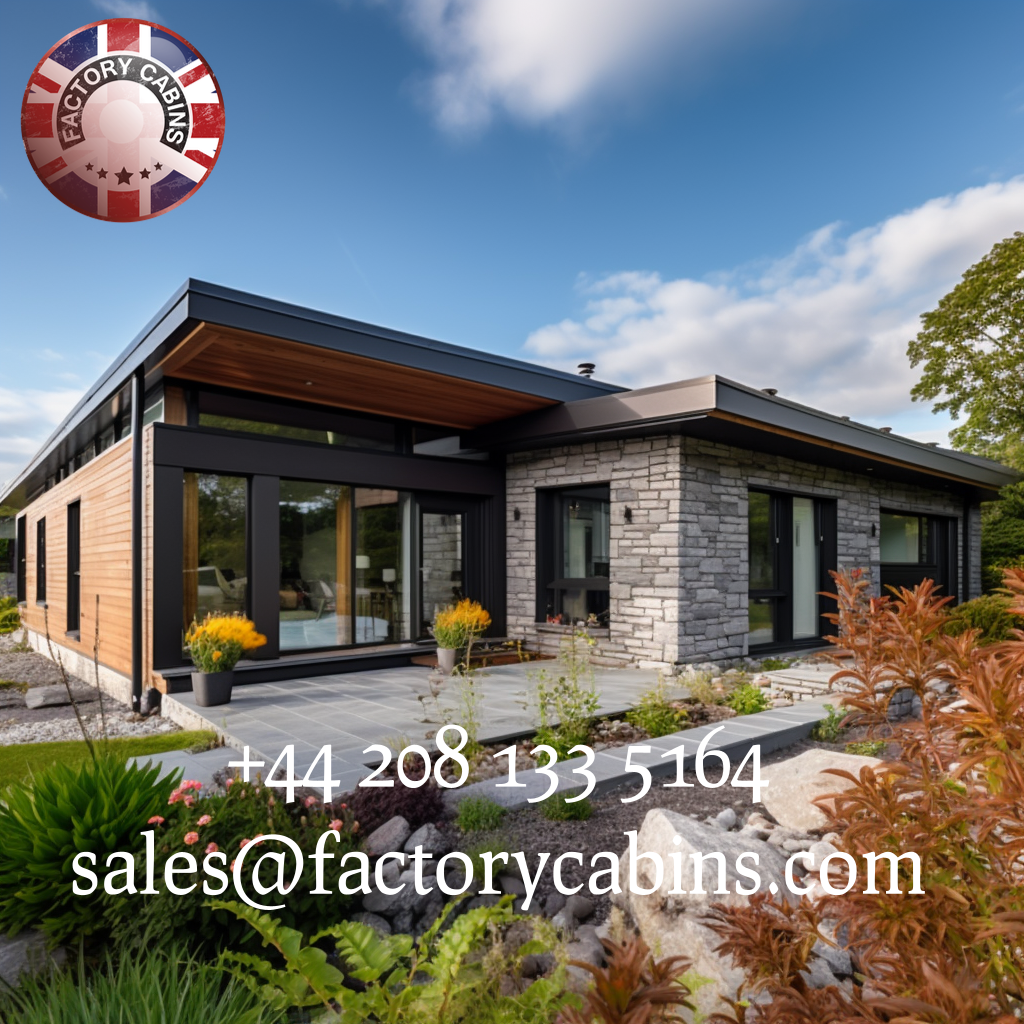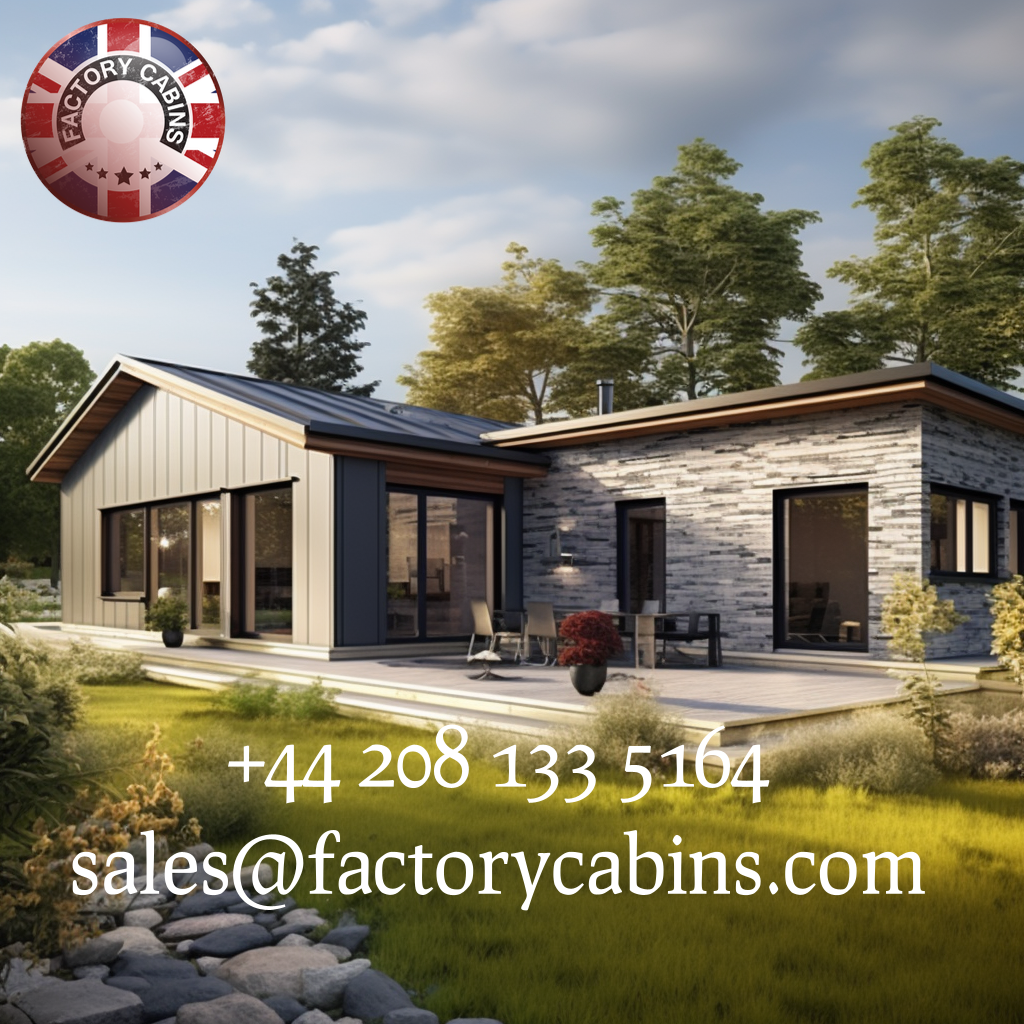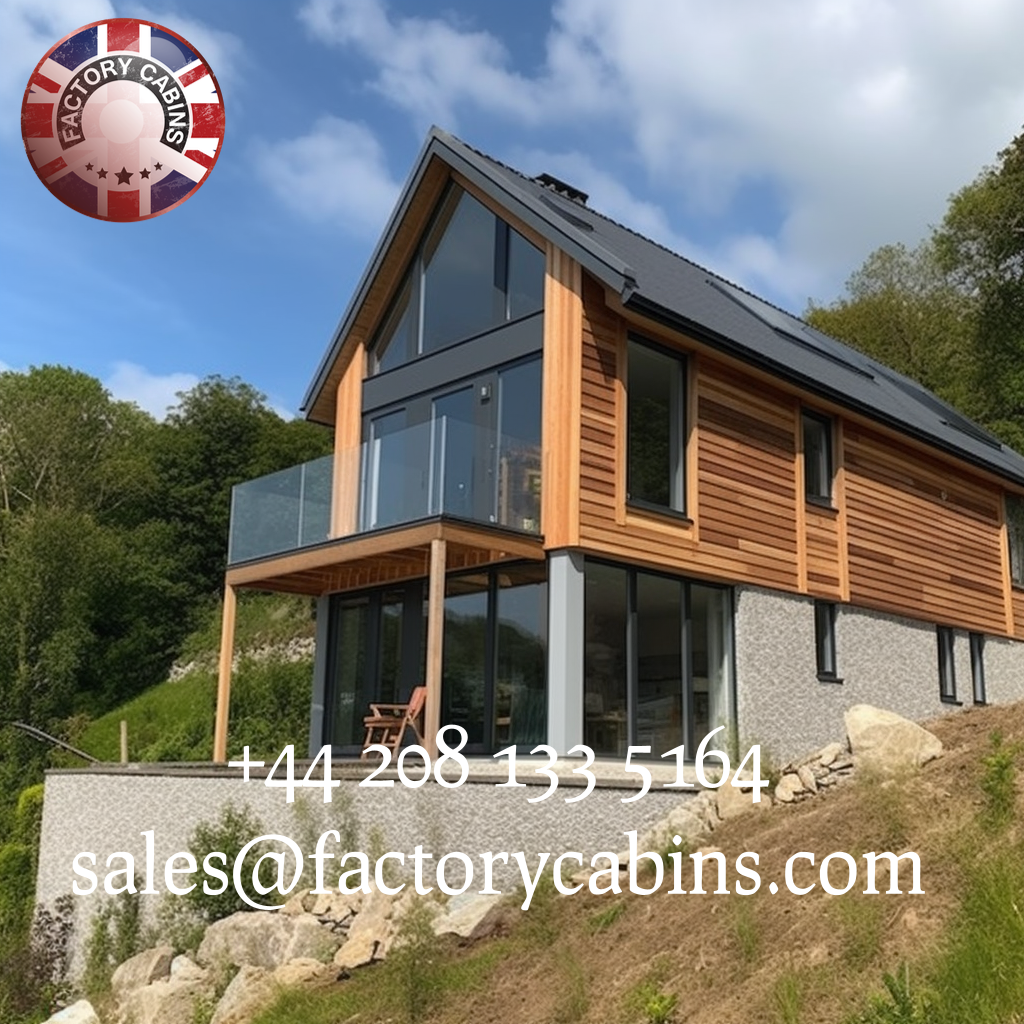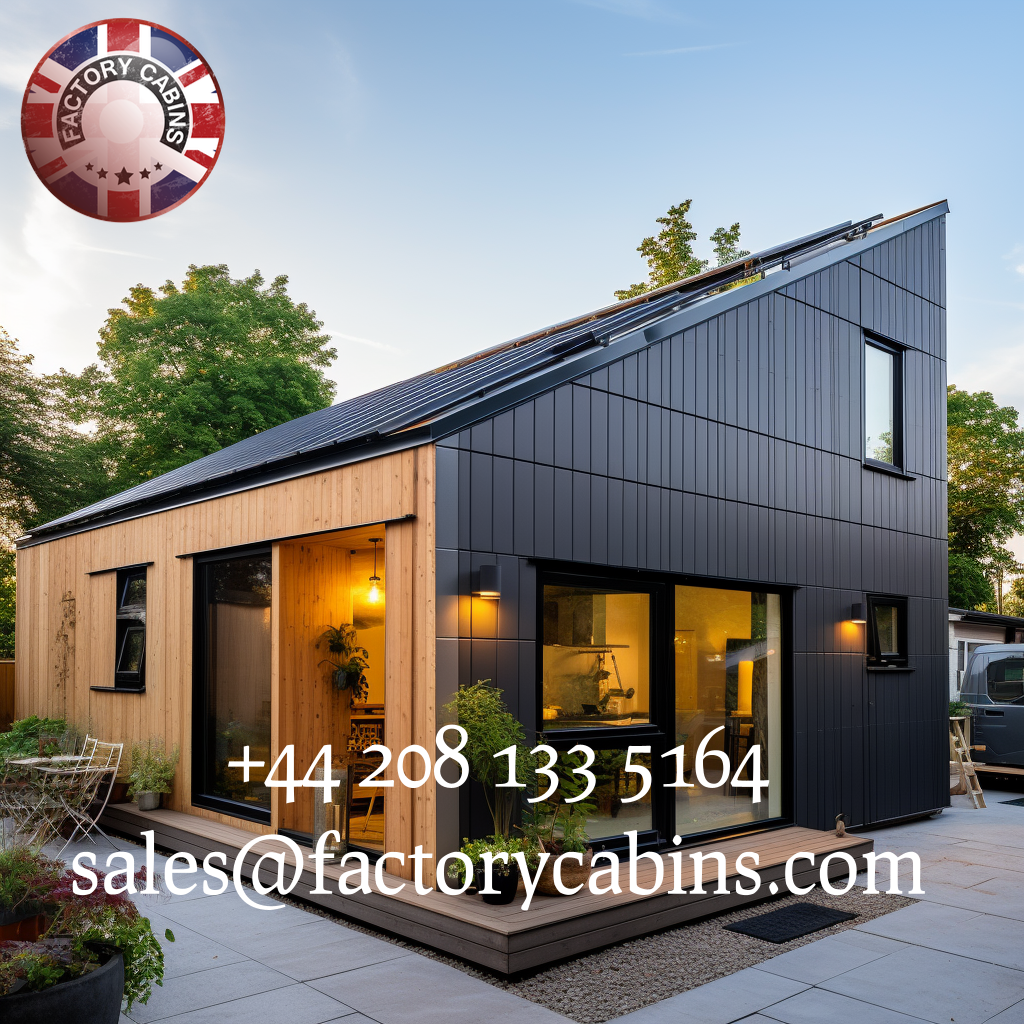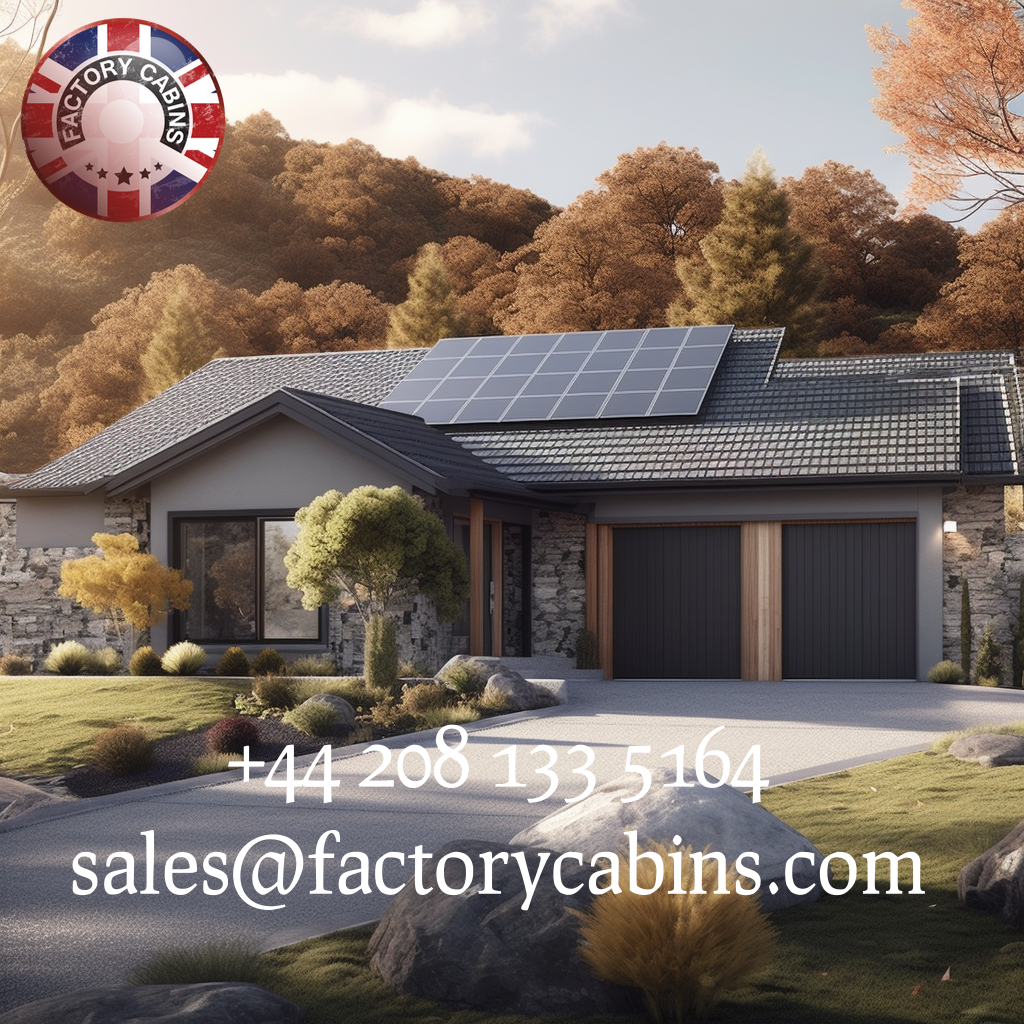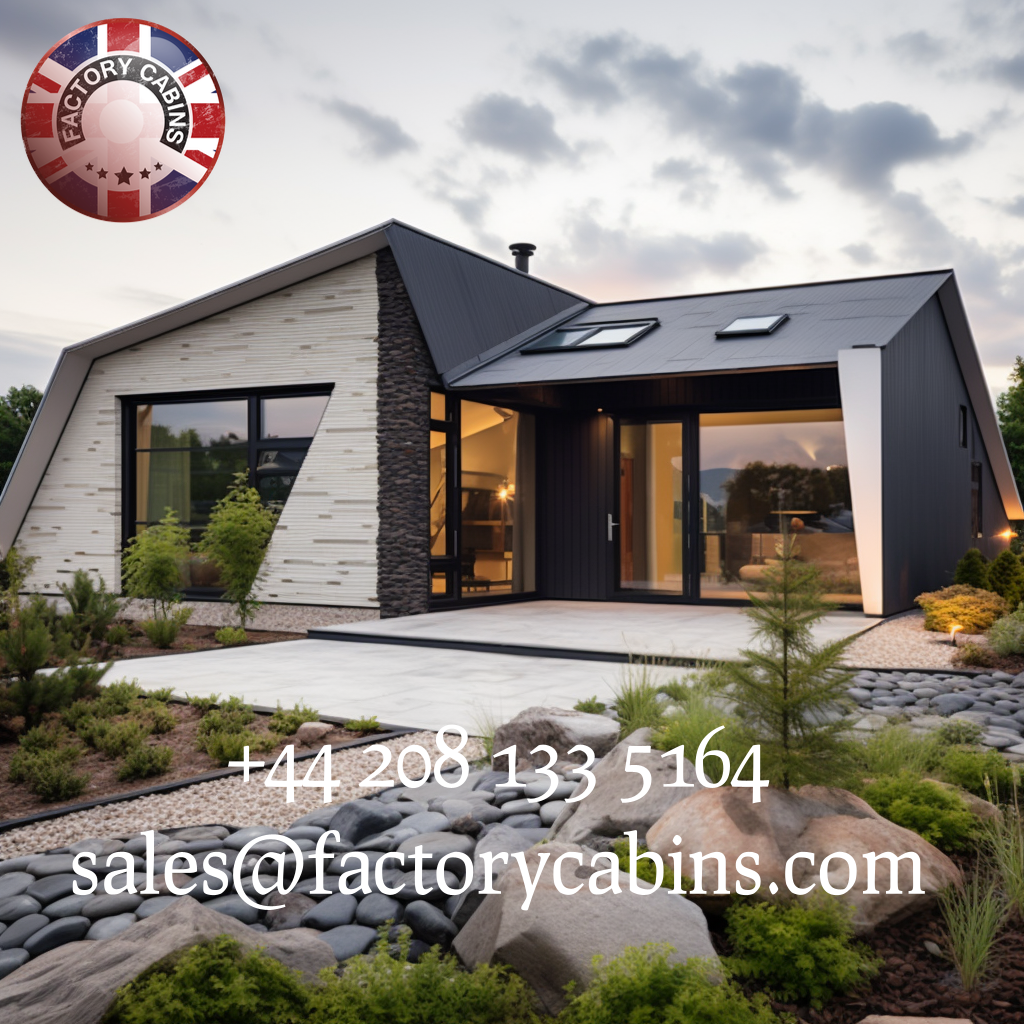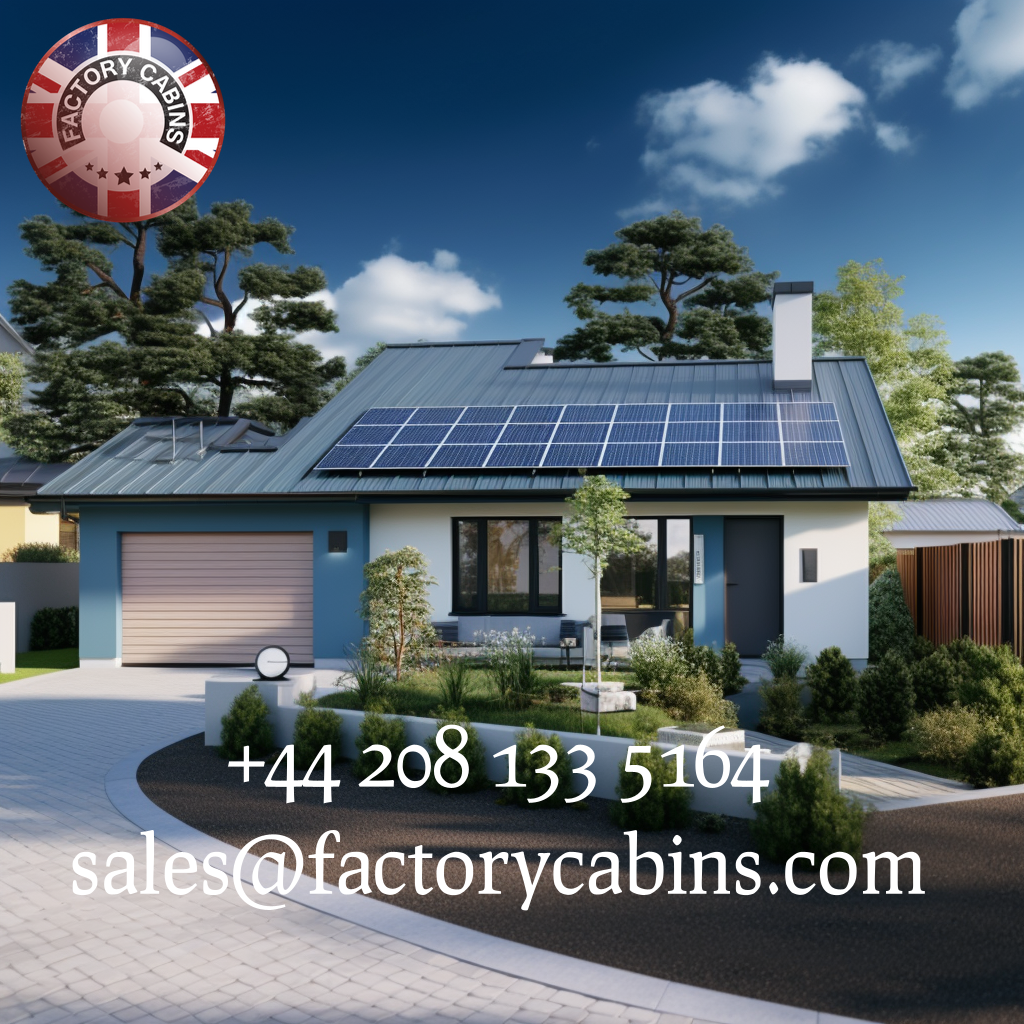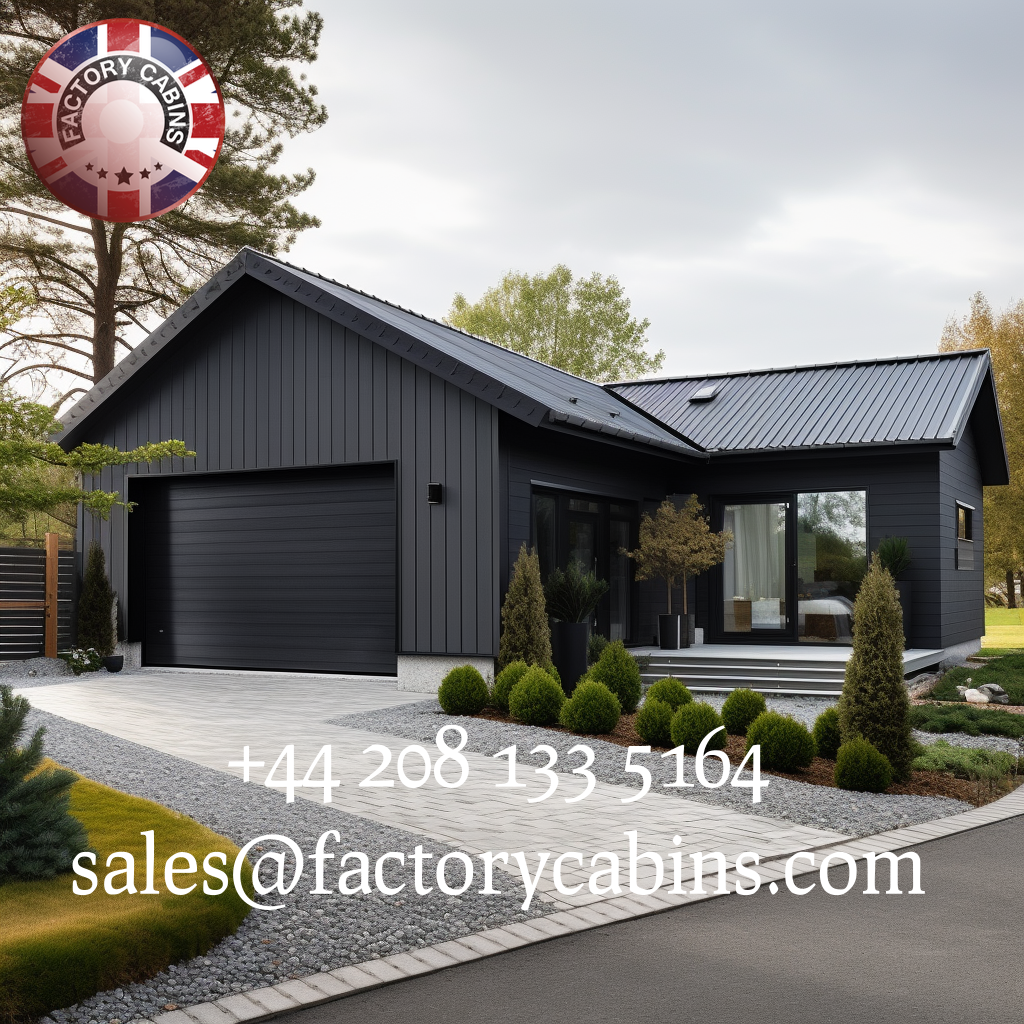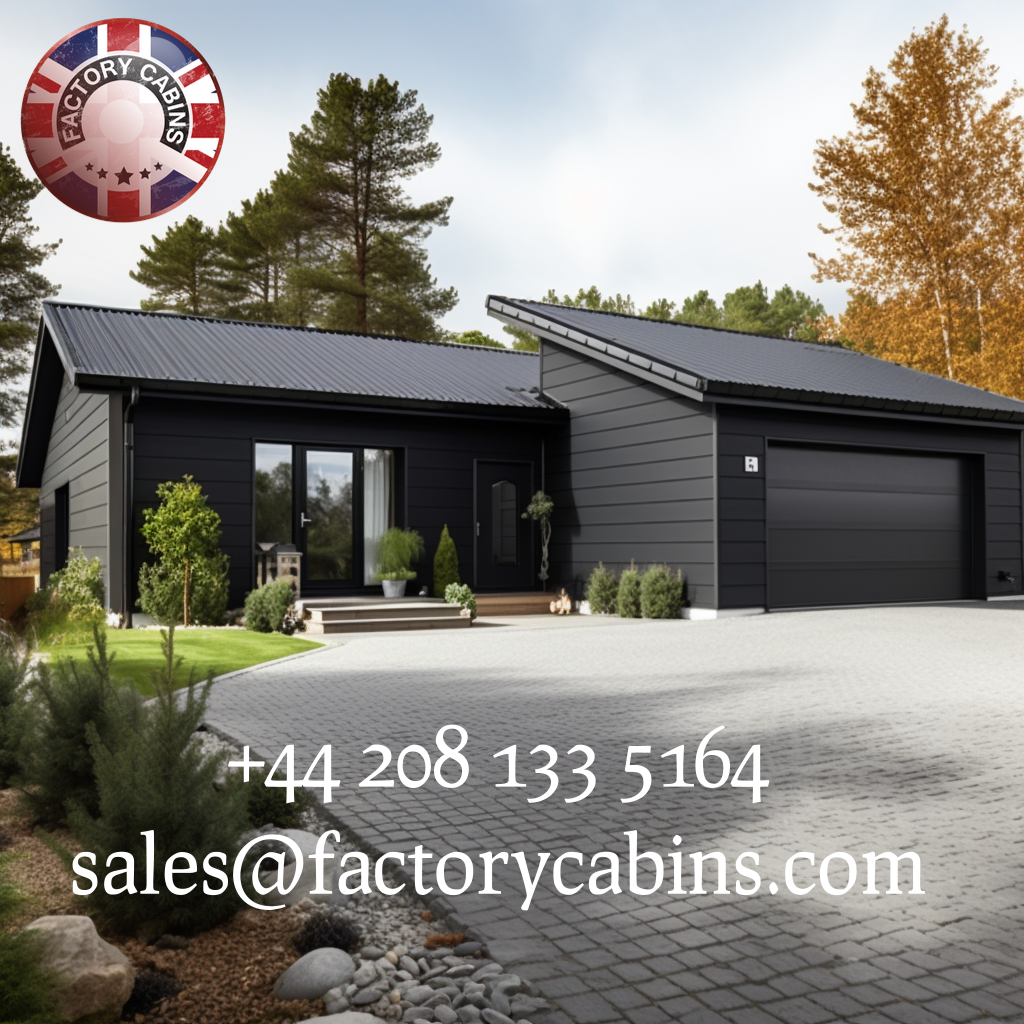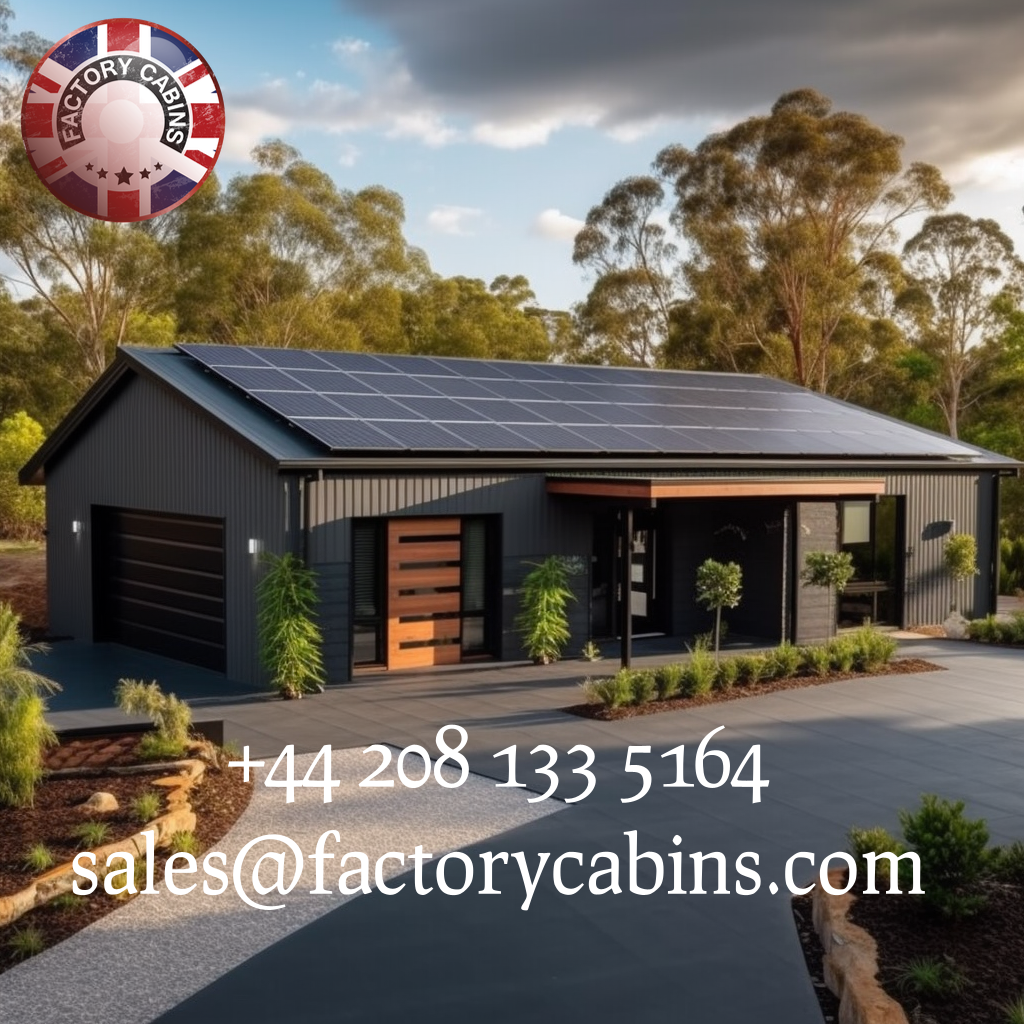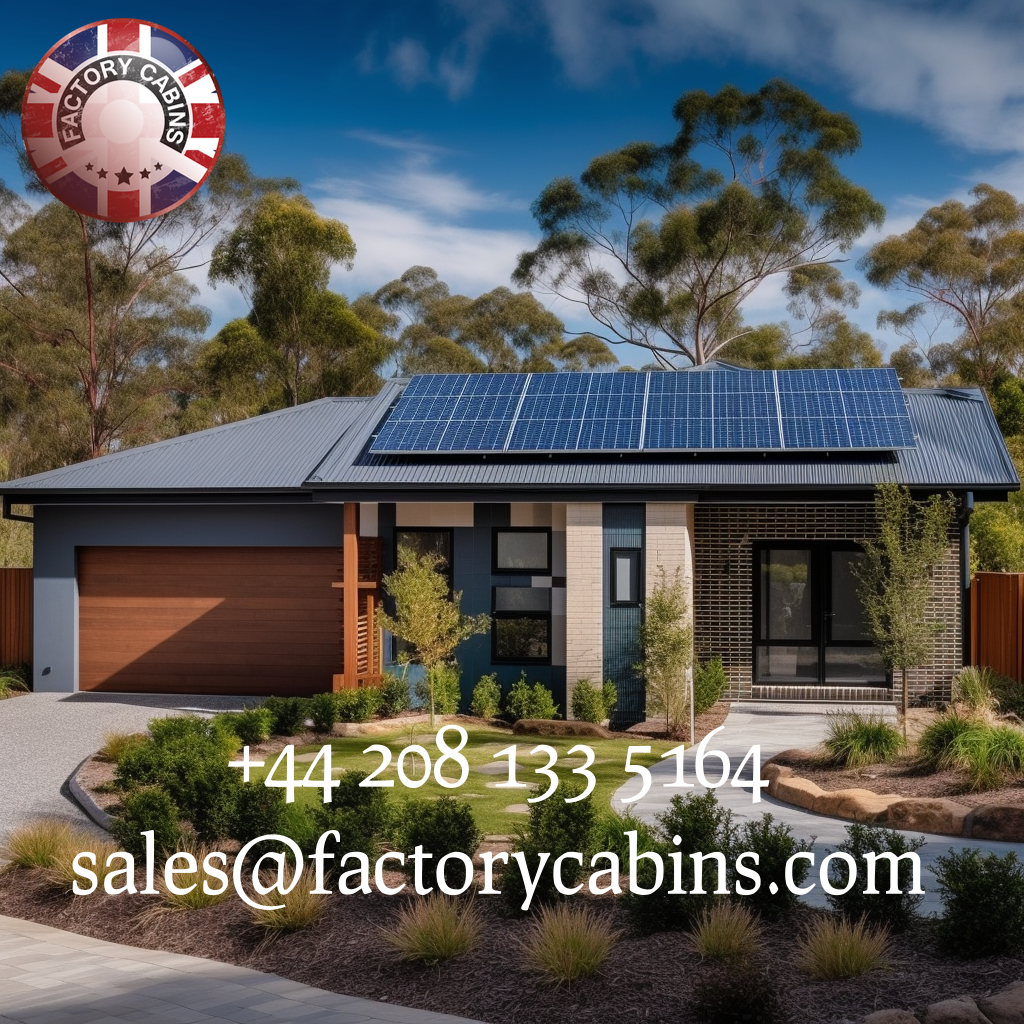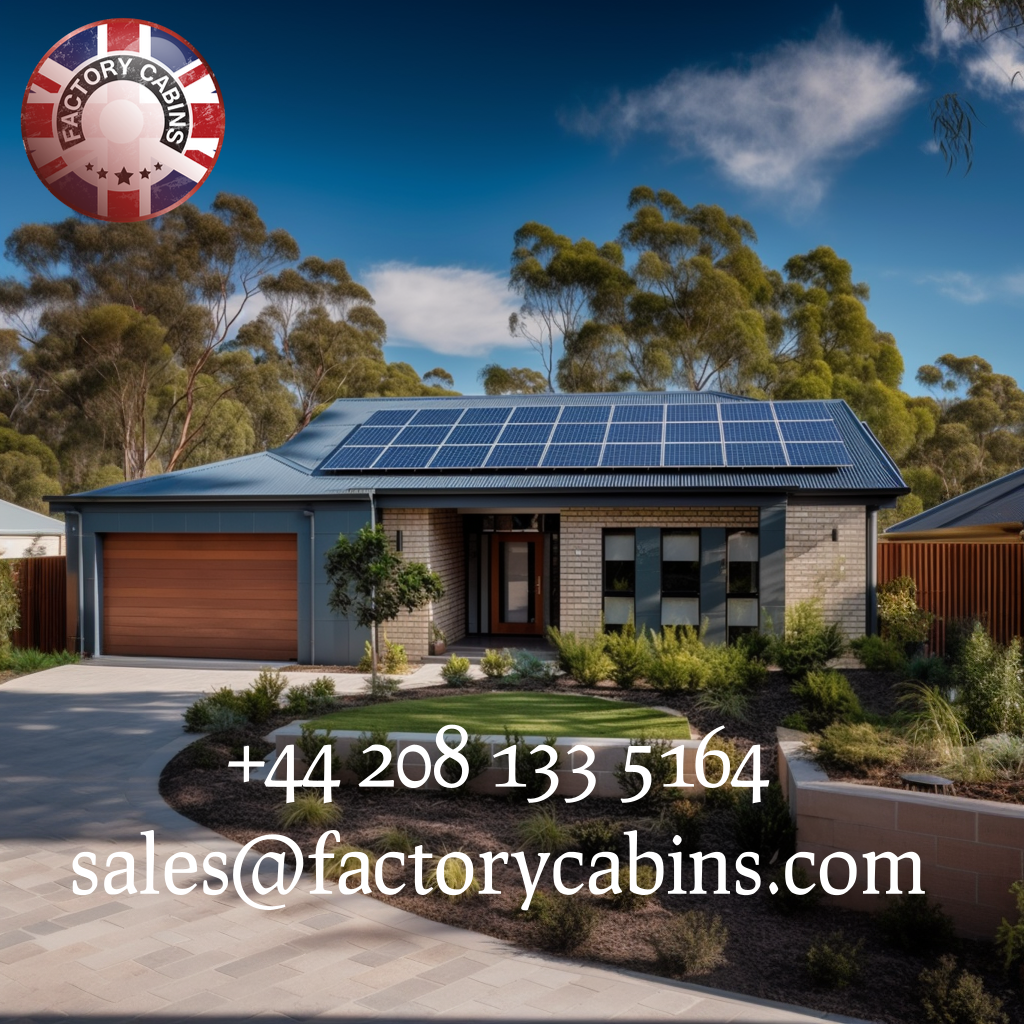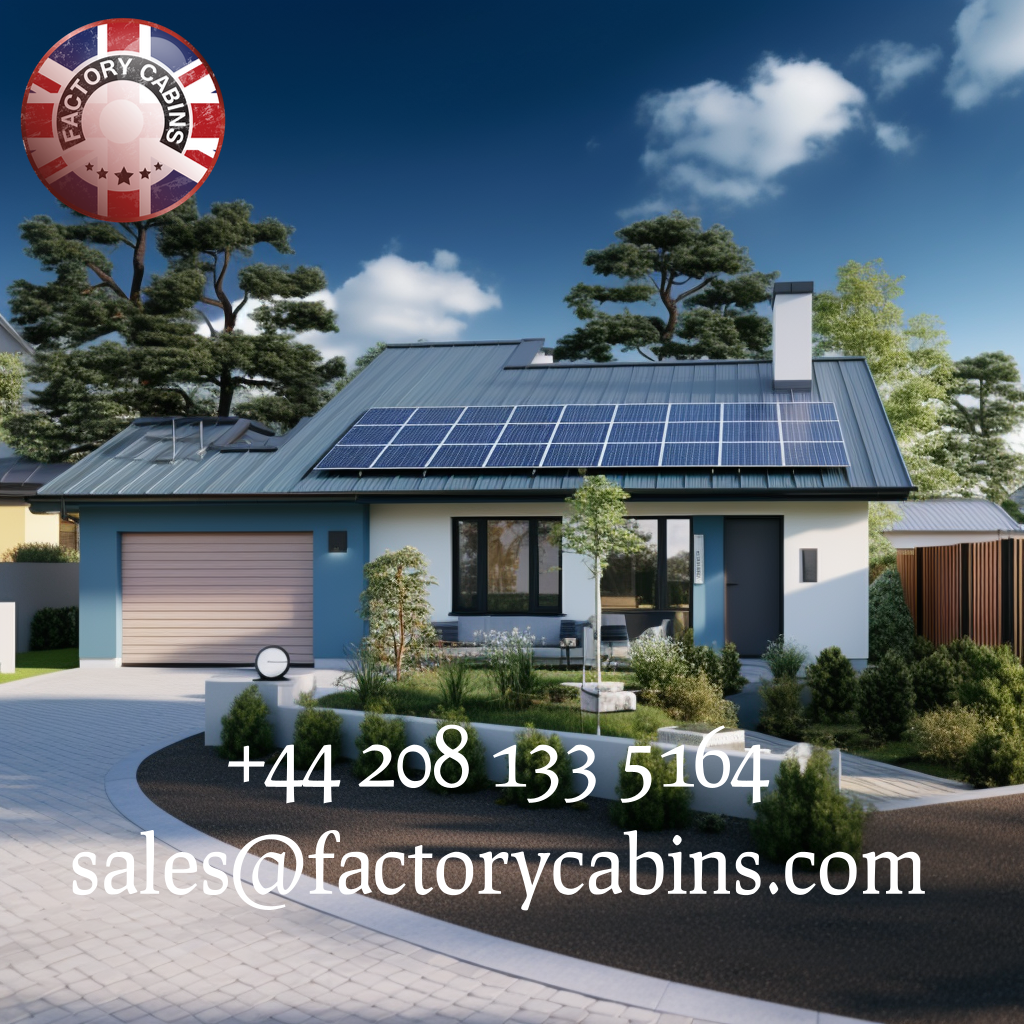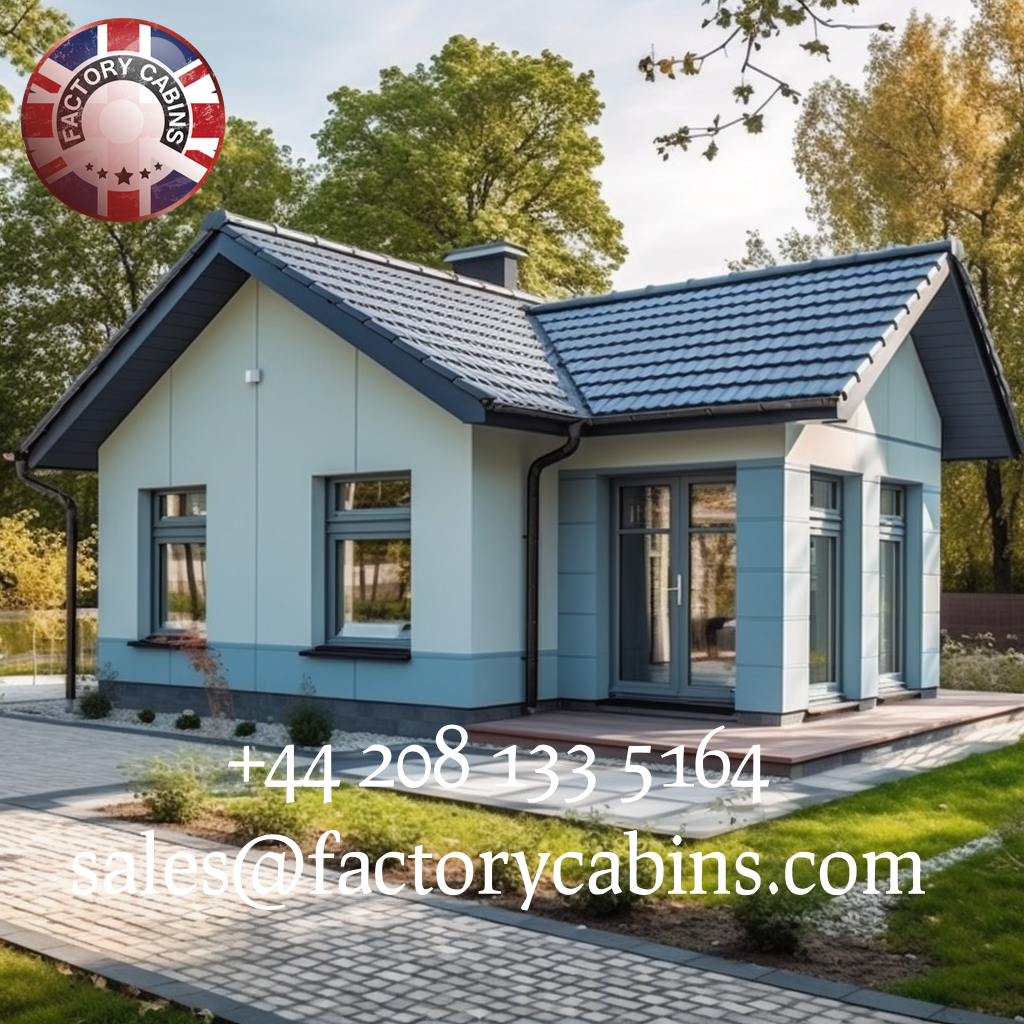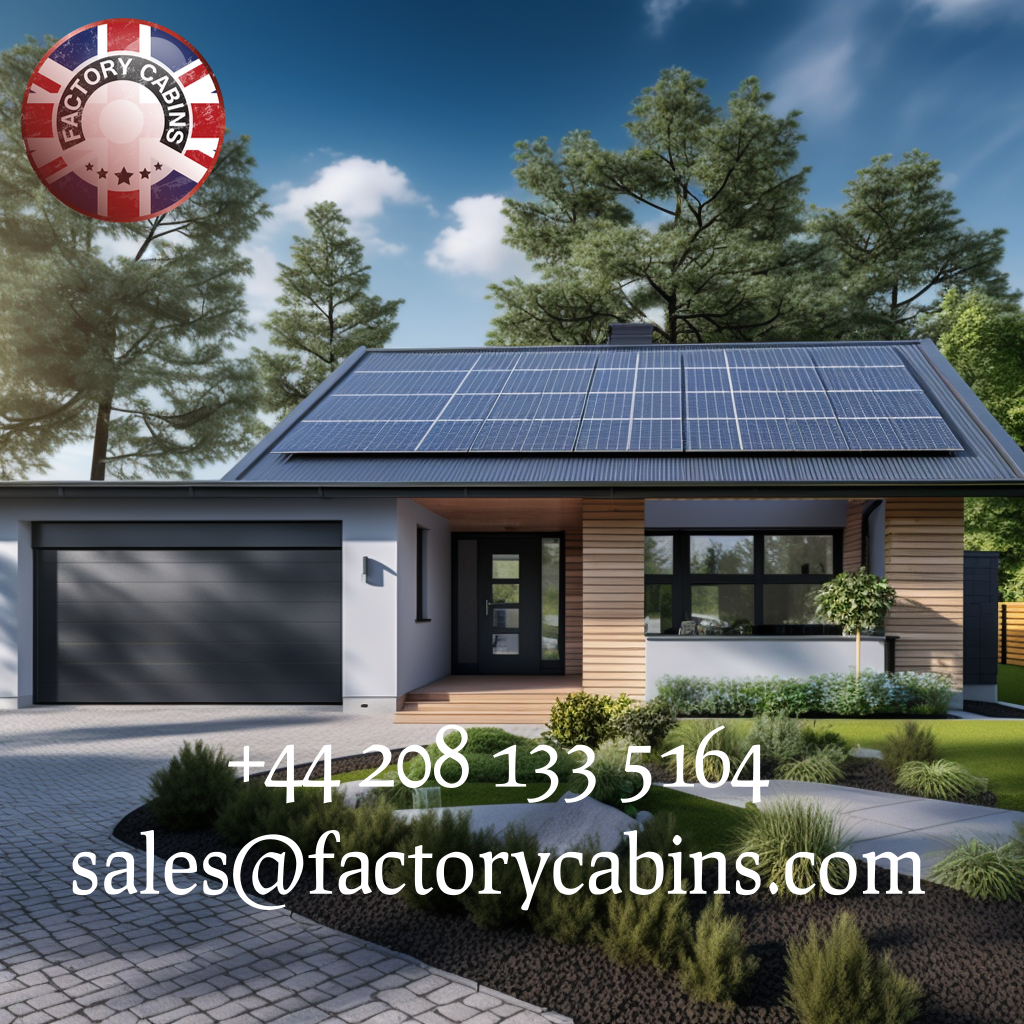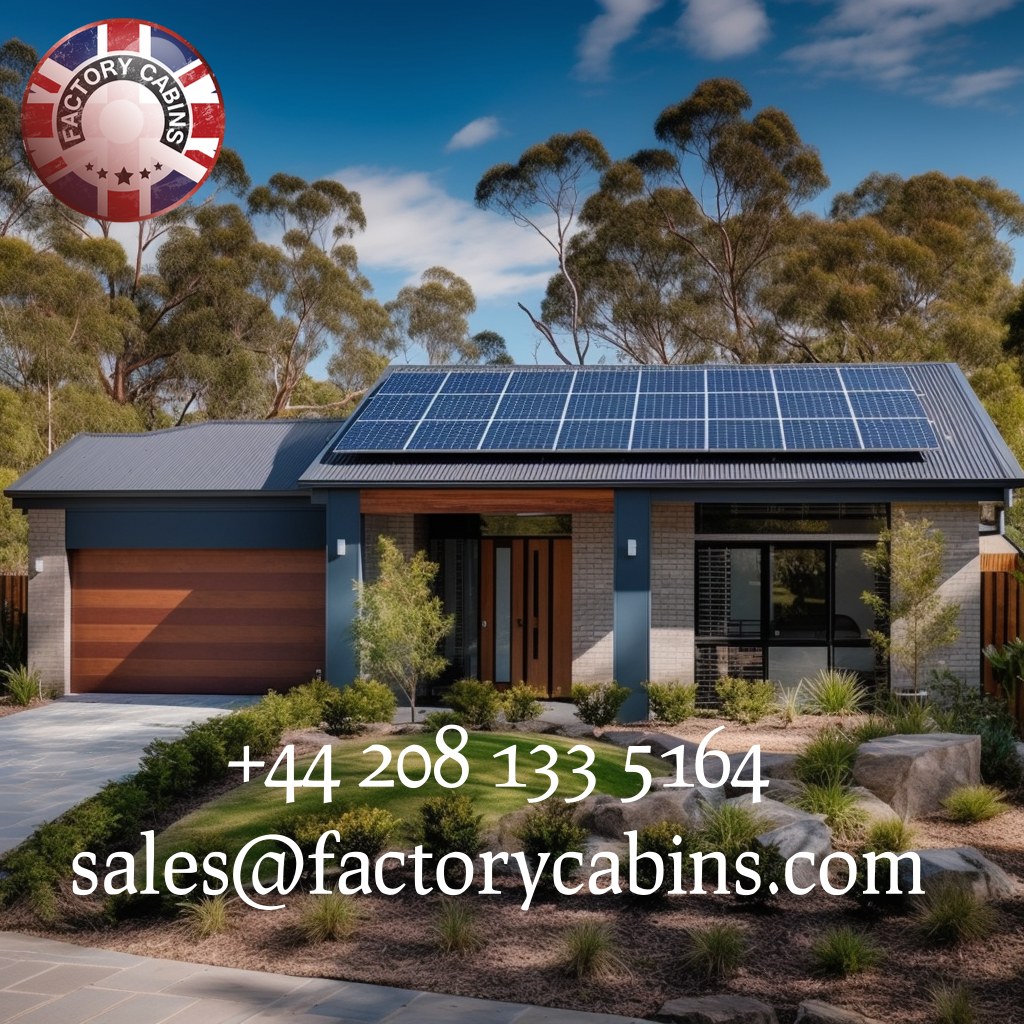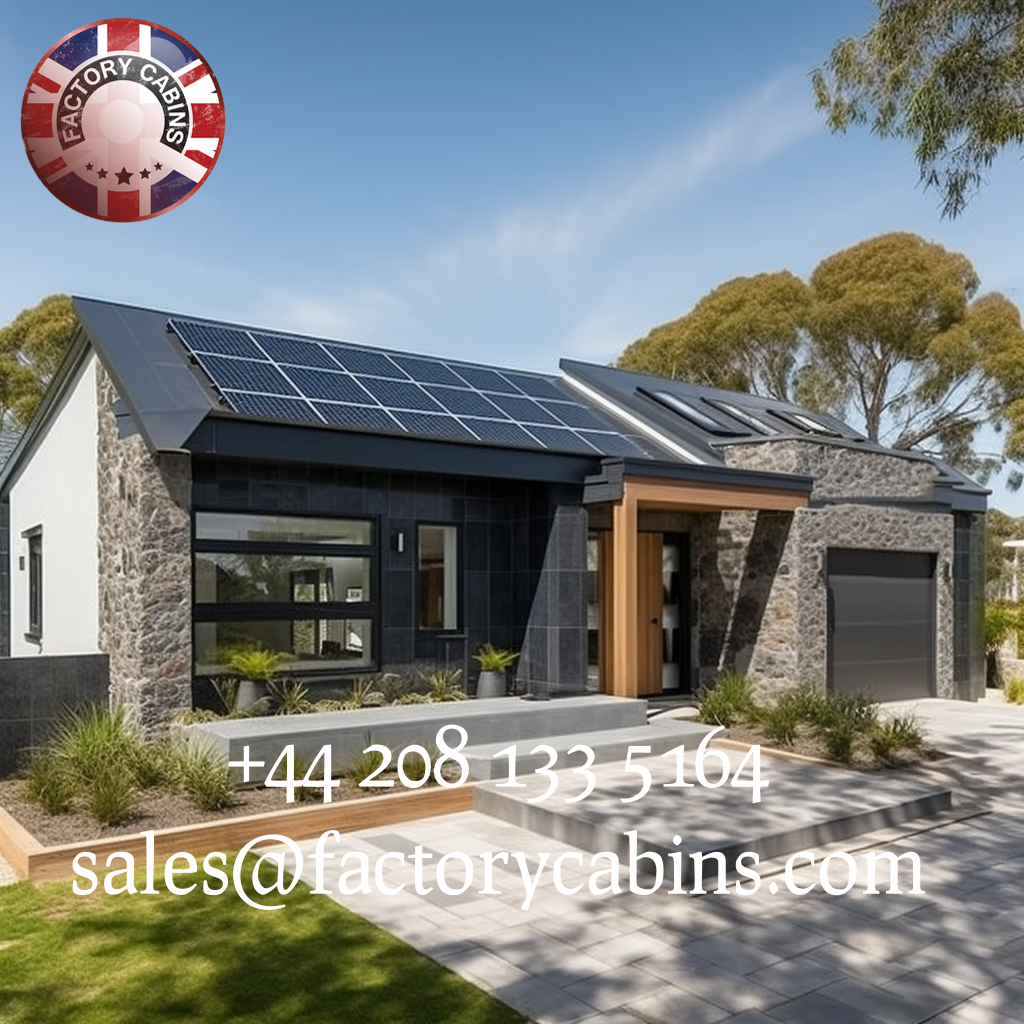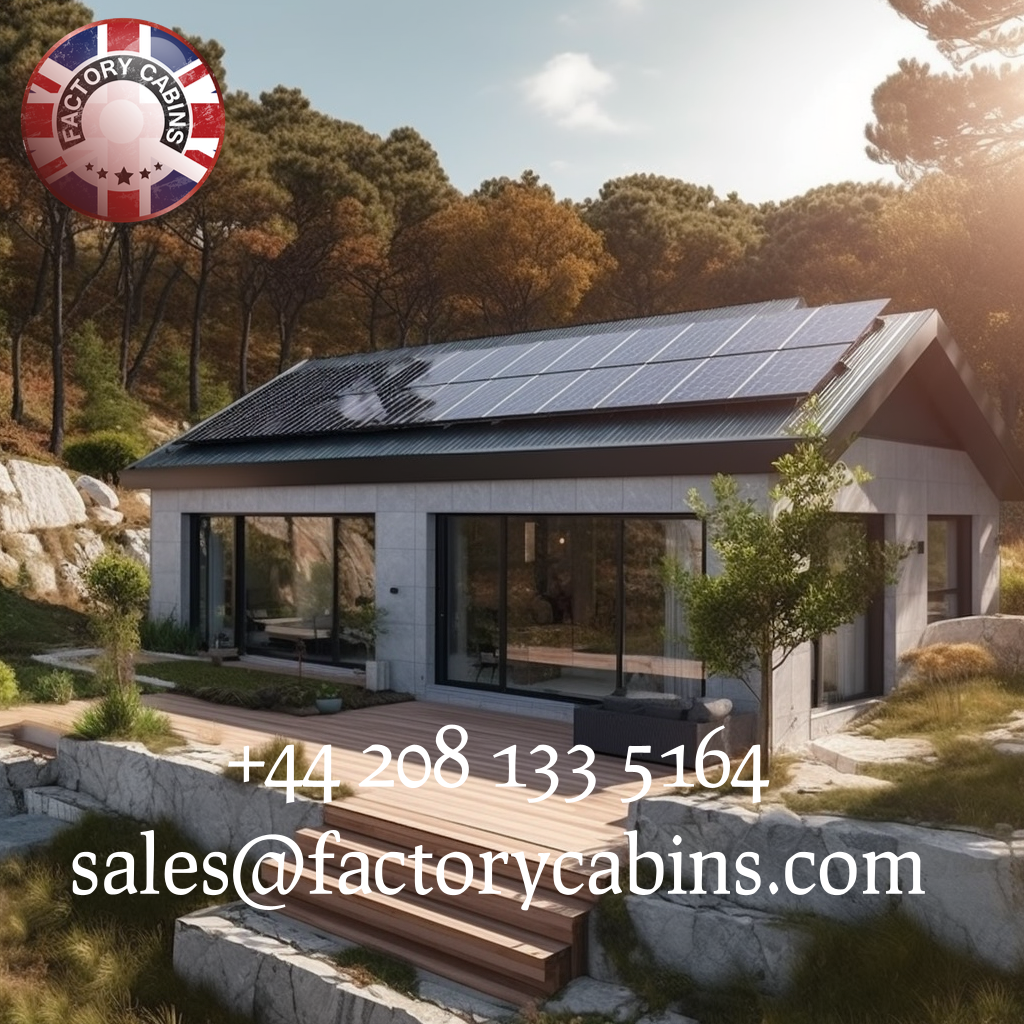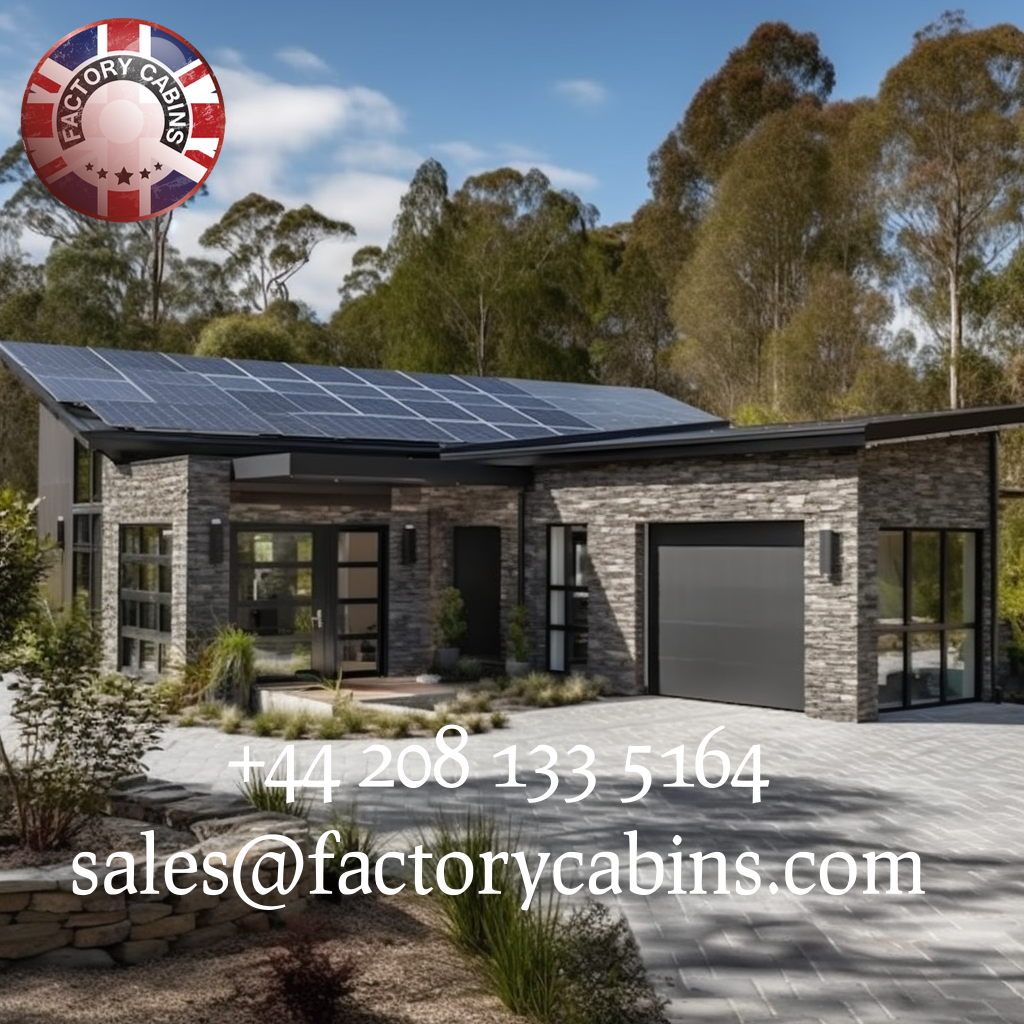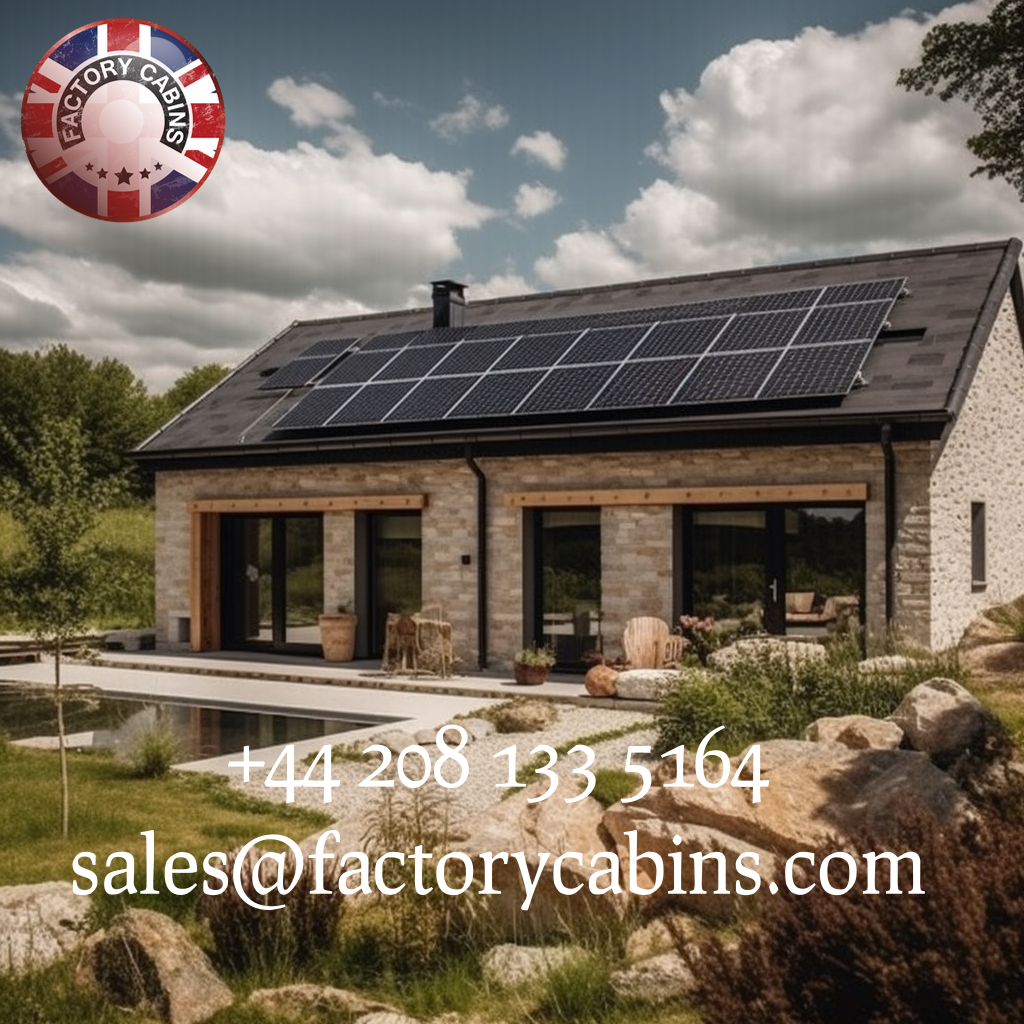Highly Insulated timber frame Net Zero Homes
Net Zero New Builds
Quality bespoke Net Zero Designs for first timber buyers

A Holistic Framework for Attaining a Net Zero Carbon State
it is important to note that
The attainment of net-zero carbon buildings stands as the paramount indicator of success within the dynamic realm of ecologically conscious architecture and building management. Factory Cabins adeptly and innovatively navigates this challenging terrain, providing a comprehensive framework that surpasses the conventional limitations imposed by current standards. Not only are words and deeds showing their dedication to environmental protection, but they are also changing the course of carbon-neutral building.
The identification of net-zero carbon structures
Gaining Proficiency in the Basics
In order to gain a comprehensive understanding of our concept, it is imperative to first acquire knowledge regarding the fundamental characteristics that define a net-zero carbon building. In contrast to conventional buildings, these structures are designed with the aim of attaining carbon neutrality through the process of offsetting or sequestering an equivalent quantity of carbon emissions. This delicate balance can only be attained through the application of an all-encompassing strategy that considers not just the building process, but the structure’s entire lifespan.

There are several advantages associated with factory cabins.
Innovations in Architecture with a Focus on Environmental Sustainability
Utilising state-of-the-art materials
Our methodology places significant emphasis on the utilisation of state-of-the-art materials that enhance structural integrity and minimise carbon emissions. The bounds of sustainable design are expanded by the utilisation of advanced technology, thereby guaranteeing that every element of the structure contributes to the achievement of the project’s net-zero status.
In addition to conventional energy efficiency measures, there are alternative approaches to enhance energy conservation.
Smart HVAC Systems
An integral part of our process is the installation of energy-efficient heating, ventilation, and air conditioning (HVAC) systems that do not sacrifice comfort. The use of smart sensors and predictive algorithms in our buildings enables them to consistently respond to environmental circumstances, resulting in reduced energy waste and improved efficiency.

A Comprehensive Analysis of Lifecycle Assessment
The Comprehensive Life Cycle Approach: Moving Beyond Construction
In contrast to conventional frameworks that primarily emphasise the construction period, Factory Cabins adopts a comprehensive perspective that encompasses the whole lifespan of the structure. According to the method we used in our study, we looked at the whole lifecycle to find ways to lower carbon emissions at every stage, from getting the materials to getting rid of them for good.
The process of carbon sequestration and offset refers to the capture and storage of carbon dioxide (CO2) emissions, as well as the reduction of CO2 emissions by various methods.
A Strategy with Two Approaches
Achieving a net-zero carbon status requires the implementation of a multifaceted plan that encompasses both carbon sequestration and offsetting measures. In addition to engaging in nominal offset initiatives, Factory Cabins actively contributes to projects aimed at reducing global carbon emissions. The incorporation of green spaces, both within and outside the building, is integral to our sequestration initiatives. These green areas function as carbon sinks, effectively mitigating the environmental footprint of the structure.
To summarise the above discussion, it may be inferred that
Additionally, achieving net-zero carbon emissions on a large scale needs more than just a commitment; it needs a creative and flexible plan to be put into action. By providing a comprehensive framework, Factory Cabins not only meets but surpasses the industry’s current standards for sustainable construction. We invite you to join us in the endeavour to envision architecture in a manner that harmoniously integrates environmental stewardship with excellence in design.
Developing a Net Zero Carbon Framework for Factory Cabins Abstract: This study aims to propose a comprehensive framework for achieving net zero carbon emissions in the manufacturing of factory cabins. By analysing current practises and identifying key areas for improvement, this research seeks to provide a roadmap for the industry to transition towards sustainable production methods. The proposed framework will consider several strategies, such as renewable energy integration, material efficiency, and waste management, to minimise the carbon footprint associated with factory cabin manufacturing. Through the
The integrated utilisation of renewable energy sources
Our method is based on the seamless integration of renewable energy sources. The buildings in our infrastructure are equipped with advanced renewable energy technologies such as solar panels, wind turbines, and other innovative systems, enabling them to operate as autonomous power generation facilities. By employing meticulous planning and implementing efficient building techniques, we strive to maximise the energy output, guaranteeing a surplus that can be reintroduced into the system.
The interface designed for smart grids is a critical component that facilitates the efficient and effective operation of these advanced energy systems.
The institution’s dedication to efficiency extends beyond its boundaries. Factory Cabins utilises smart grid connectivity to facilitate bidirectional communication between the establishment and the broader energy infrastructure. This further mitigates the environmental impact by ensuring that energy consumption is dynamically adjusted in real-time to accommodate fluctuations in demand.
Participation in civic life as well as a desire to further one’s education.
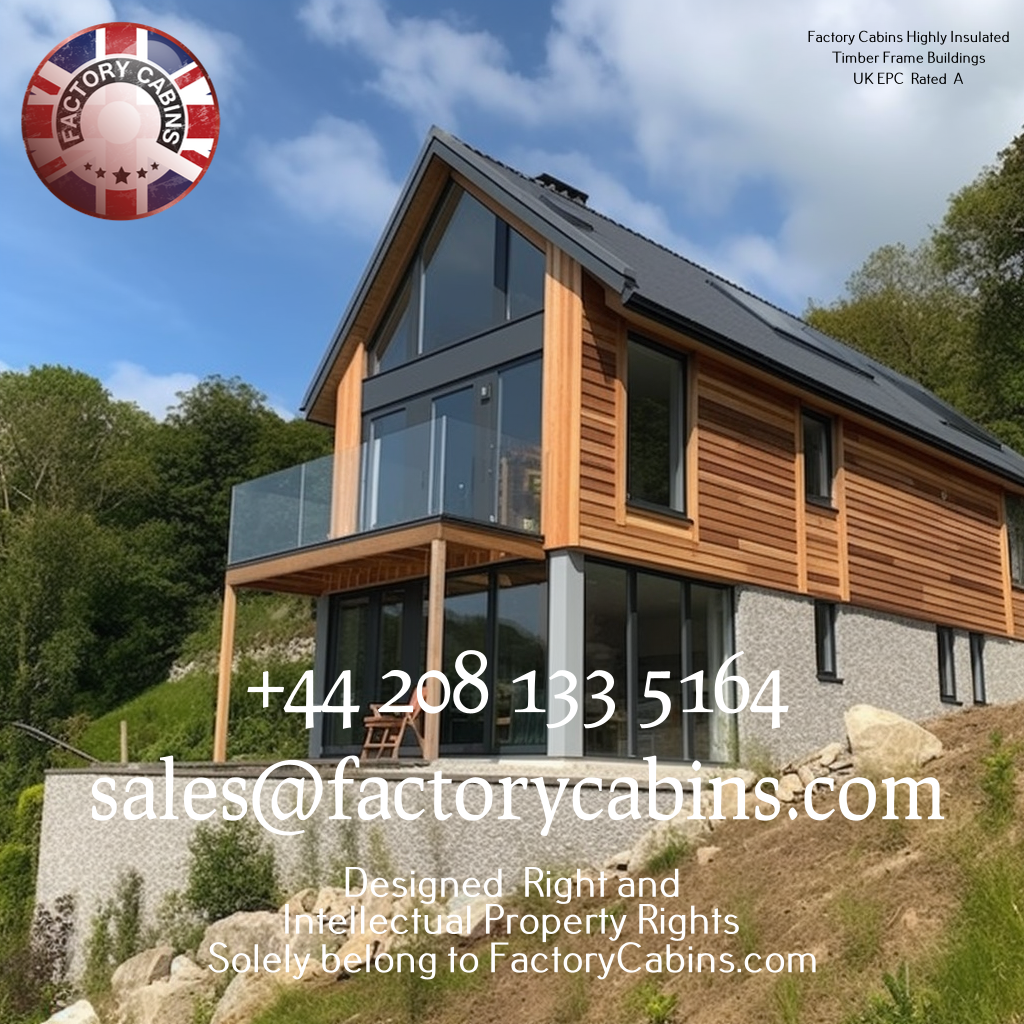
Enhancing Societal Development
The concept of sustainability entails a collective obligation rather than a just passing trend. Factory Cabins proactively collaborates with the local community to foster awareness and disseminate knowledge on sustainable practises. By giving residents and stakeholders more power, we help build a society that cares more about the environment. This has an effect that goes far beyond the buildings themselves.
Exceeding Regulatory Compliance Standards
Exceeding Regulatory Standards
Compliance with regulatory standards is critical, but Factory Cabins distinguishes itself by exceeding these standards. Our dedication to ensuring quality surpasses mere adherence to regulatory standards, thereby setting a standard of excellence within the industry. We engage in close collaboration with regulatory bodies, actively advocating for the implementation of progressive legislation that aligns with our overarching goal of fostering a sustainable future.
The dichotomy that exists between factory cabins
The essence of Factory Cabins is epitomised by our collaborative efforts. In addition to the construction of physical structures, we actively foster and nurture collaborative relationships with clients, architects, and environmental specialists. As a result of this collaborative interaction, every project will serve as a symbol of shared principles, where the intersection of innovation and sustainability is evident.
Creating a Prospective Diagram
Over the course of time, Factory Cabins will persist in spearheading the green revolution. Our ongoing research and development endeavours consistently strive to explore the limits of what can be achieved. Our company is dedicated to constant innovation, which allows us to not only meet but also exceed current sustainability standards and expectations.
Factory Cabins exemplifies ethical design in a contemporary context where the pursuit of net-zero carbon structures has become the benchmark for architectural excellence. We invite you to participate in our collective endeavour to imagine a global scenario where each edifice serves as a symbol of the harmonious cohabitation between ecological preservation and human resourcefulness.
Ensuring the Fulfilment of Our Commitment to Foster Sustainable Ecosystems: Factory Cabins
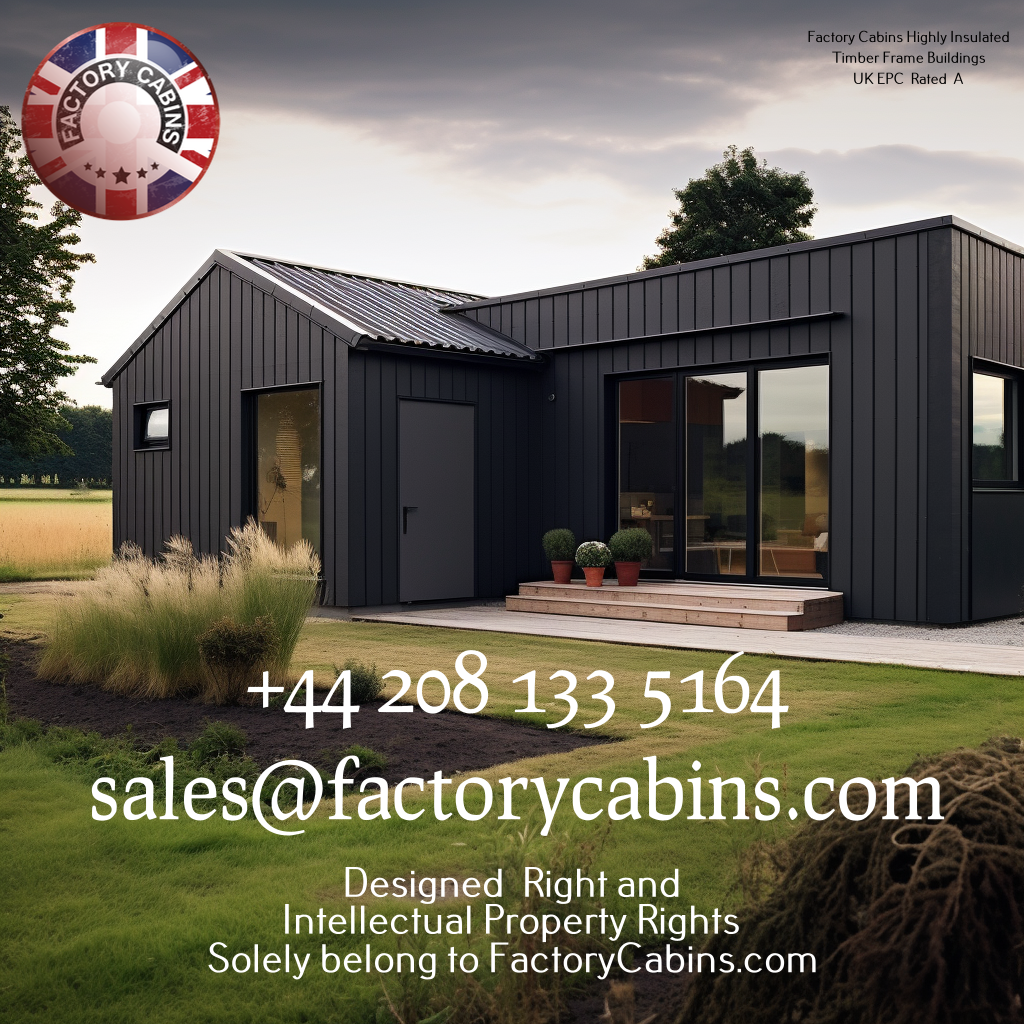
Strategies for Climate Change Preparedness
A Prospective Approach to Style
It is acknowledged that at Factory Cabins, the pursuit of sustainability is a continual endeavour that requires continuous adaptation to address the challenges posed by a dynamic climate. The net-zero carbon framework we have implemented incorporates climate resilience strategies aimed at fortifying our buildings against the impacts of climate change and minimising their adverse consequences. The architectural designs of our constructions are specifically engineered to endure and flourish in challenging environments, such as those characterised by elevated sea levels or extremely low temperatures.
The concept of biodiversity inclusion refers to the integration and incorporation of diverse elements within the realm of biodiversity.
Our objective extends beyond the mere reduction of carbon emissions. Biodiversity protection is actively promoted through the utilisation of novel landscaping techniques. Urban areas could have more species because of the creation of micro-ecosystems that support species that live close by. This could be done with vertical gardens, green roofs, and strategically placed native plants.
The concept of responsibility and open reporting is of paramount importance in various academic disciplines and professional contexts. It entails the ethical obligation of individuals or organisations to be accountable for their actions and decisions, as well as the transparent
Elevating the Standard of Integrity
Factory Cabins establishes a high standard of responsibility during a critical period. The net-zero activities undertaken by our organisation are subject to public reporting, enabling stakeholders to effectively monitor and evaluate the environmental impact of each individual project. The dedication to transparency exhibited by the organisation fosters confidence and establishes a novel benchmark within the sector.
Rigorous Observation and Evaluation
In order to uphold our commitment to excellence, we implement rigorous monitoring and evaluation criteria. Advanced analytics are employed to actively monitor the operational performance of our buildings in real-time, thereby enabling the identification of potential areas for enhancement and the ongoing optimisation of energy efficiency.
Further Social Implications
The topic at hand pertains to the creation of employment opportunities and the enhancement of individuals’ skill sets.
Individuals are just as important as environmental factors in achieving and maintaining sustainable practises, which is why the concept of sustainability is so broad. Factory Cabins prioritises the cultivation of local talent and the creation of employment opportunities within the communities in where it operates. Through the cultivation of local talent and the provision of training opportunities, we actively contribute to the development of a skilled labour force that is well-prepared to address the complexities associated with a sustainable and environmentally conscious future.
The integration of social infrastructure refers to the process of incorporating various elements of social infrastructure into a cohesive and interconnected system. This integration aims to improve overall effectiveness and efficiency.

In conjunction with tangible edifices, our endeavours encompass social infrastructure aimed at enhancing communal welfare. As a result of the construction of buildings with net-zero carbon emissions, Factory Cabins envisions the development of thriving and resilient communities that include not only social spaces but also recreational activities.
Making the world a better place by collaborating to create a more sustainable future.
The phenomenon of collaborations across borders has emerged as a significant aspect of contemporary global interactions.
The efforts to combat climate change are extensive and far-reaching. Factory Cabins proactively engages in global partnerships and fosters collaborations with governments, businesses, and international organisations to facilitate global transformation and facilitate the flow of information. Through the collaborative utilisation of our collective resources and capabilities, our objective is to expedite the global shift towards a built environment that is more sustainable in nature.
Individuals can actively contribute to the development and trajectory of the future by interacting with Factory Cabins. Help us help you, please give us your thoughts at all time.
Factory Cabins cordially invites individuals to partake in our endeavour towards a sustainable future characterised by net-zero carbon emissions. Our organisation is dedicated to the dual objectives of constructing physical infrastructure and fostering a societal climate that promotes the harmonious coexistence of environmental awareness and exemplary architectural practises. We invite you to participate in our efforts to reset the standards for environmentally conscious construction and have a lasting impact on a global scale.
Prefabricated cabins manufactured in a factory setting. Developing a Sustainable Long-Term Outlook.
Promoting Transformation: Factory-Constructed Cabins Pave the Path
Continuous innovation in the pursuit of carbon neutrality.
The establishment commonly referred to as the “Research and Development Centre”
The success of Factory Cabins can be attributed to its powerful research and development hub. The centre of excellence consistently engages in the examination of cutting-edge materials and technologies that extend the limits of environmentally conscious construction practises. The dedication to perpetual innovation within our organisation guarantees that our projects consistently surpass the dynamic criteria for achieving carbon neutrality.
The Advancements in Carbon Capture Technology
Factory Cabins is a prominent industry frontrunner that demonstrates a strong commitment to innovation and sustainability through substantial investments in state-of-the-art carbon capture technology. The collaboration between our scientists and engineers aims to develop and implement advanced methods for the capture and storage of carbon emissions. Due to the implementation of this proactive policy, we have positioned ourselves at the forefront of the ongoing fight against climate change.
Engaging Stakeholders in Environmentally Sustainable Initiatives
The topic of interest pertains to collaboration seminars and workshops.
Factory Cabins acknowledges that the implementation of environmentally conscious practises extends beyond the confines of the construction site. We engage in frequent communication with stakeholders and foster an environmentally conscious culture by means of collaborative workshops and seminars. Through the exchange of experience and best practises, we facilitate the implementation of sustainable practises in the efforts of others.
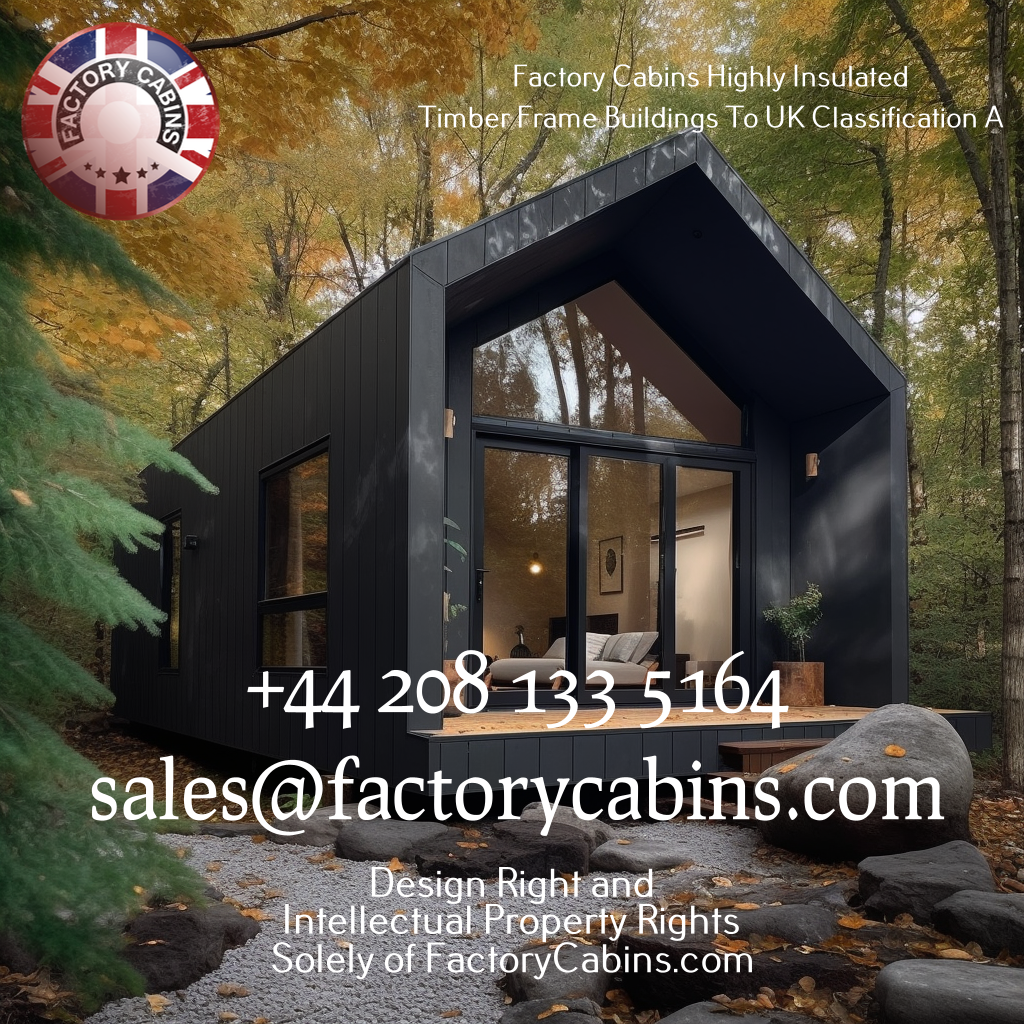
Support for Green Certification The purpose of this document is to provide an overview of the support available for green certification initiatives. Green certification refers to the process of evaluating and verifying
Along with our pursuit of green certifications for our projects, we actively promote and support the development of rigorous certification standards. We strive to enhance sustainability standards by actively engaging in industry-wide dialogues and activities that yield advantages for the built environment sector as a whole.
The concept of “Future-Ready Communities at Net Zero” refers to the development and implementation of sustainable communities that are prepared for future challenges while achieving a net-zero carbon emissions target.
The conceptualization and development of an ecological city
Factory Cabins has a significant impact on individual structures as well as entire communities. Our efforts in sustainable urban planning are primarily aimed at establishing interconnected net-zero carbon communities. Our communities are designed to achieve a harmonious balance between the environment and the quality of life by implementing energy-sharing networks and promoting ecologically friendly mobility choices.
A Persuasive Appeal: Embrace the Role of Revolution
The Significance of Your Contribution to the Environmental Movement
The mitigation of climate change necessitates the establishment of cooperative efforts. Policymakers, businesses, and individuals are invited to actively engage in the green revolution alongside Factory Cabins. The impact of one’s actions holds significance, regardless of whether one is engaged in the design of a novel construction endeavour, pushing for legislation that promotes environmental sustainability, or simply seeking methods to diminish one’s carbon emissions.
Please initiate communication with Factory Cabins.
To be informed about the most recent advancements in environmentally sustainable construction, it is advisable to connect with Factory Cabins on various social media platforms. Let us work together to make net-zero carbon emissions the norm rather than a rare occurrence.
Factory Cabins is committed to fostering a more sustainable future. Let us collaborate and endeavour collectively to establish a society wherein the principles of environmental care and exemplary design harmoniously coalesce.
Developing a Framework for Global Transformation
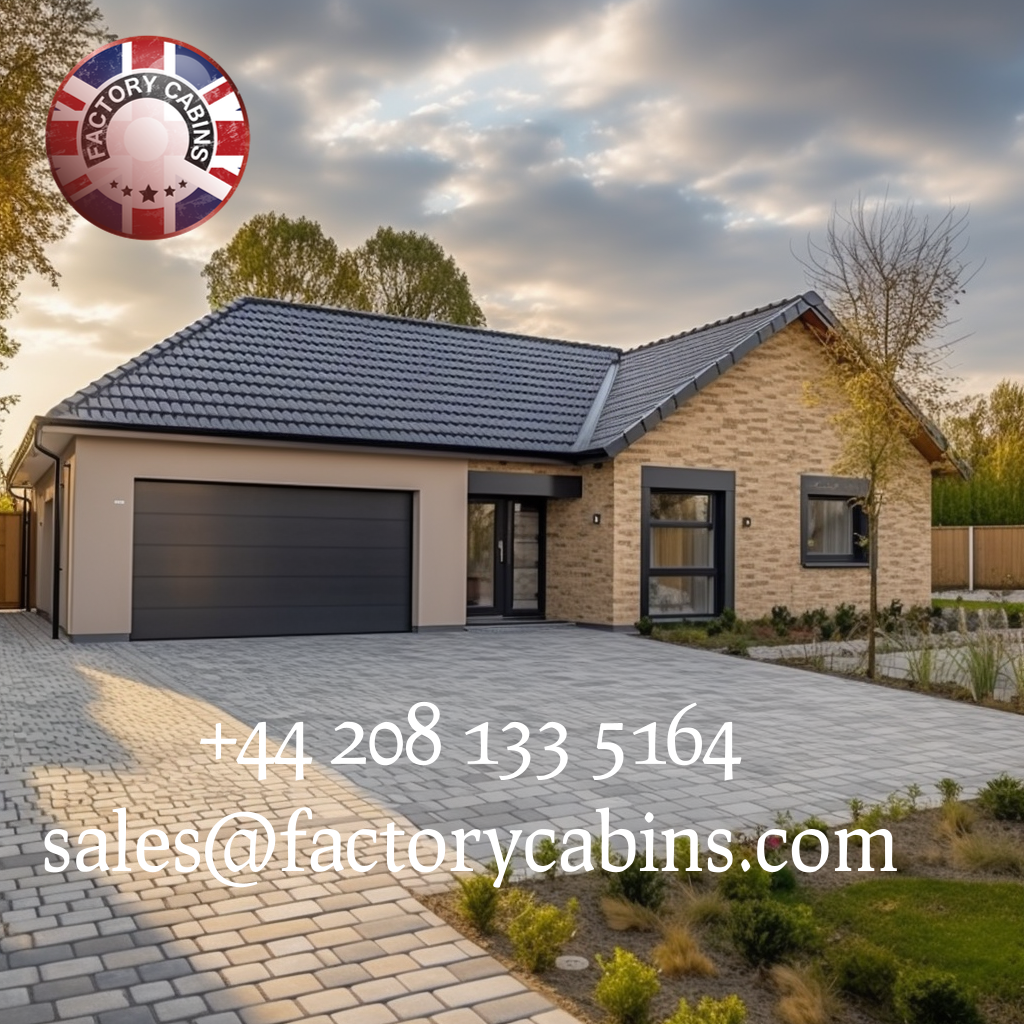
The objective of international outreach initiatives is to enhance and expand influence on a global scale.
The topic of international collaborations is of great significance in the academic realm.
Factory Cabins recognises the significant impact that cross-border collaboration can have in fostering global transformation. Our objective is to foster the interchange of knowledge and the assimilation of diverse perspectives through collaborations with international institutions. The impact of our work extends globally and establishes a benchmark for the implementation of environmentally sensitive building practises.
Knowledge exchange programmes are initiatives that facilitate the sharing and transfer of knowledge between individuals or institutions. These programmes aim to promote collaboration, learning, and the dissemination of information across different
Factory Cabins implements knowledge-sharing initiatives to cultivate a corporate environment that promotes ongoing learning. This entails the dissemination of our specialised knowledge to many regions across the globe, as well as the reception of specialists from numerous disciplines at our central facilities. Our efforts aim to enhance the existing knowledge base, thereby facilitating the widespread implementation of sustainable construction practises on a global scale. This is achieved through the promotion of idea exchange and the dissemination of best practises.
Utilising Data to Facilitate Informed Decision-Making
Big data analytics used in the context of sustainability.
In the contemporary era of digitalization, data serves as a highly effective instrument for formulating educated recommendations. Factory Cabins utilises big data analytics to gain a comprehensive understanding of the environmental implications of our operations. By employing a data-driven methodology, it becomes possible to enhance energy utilisation, tailor our approach, and establish fresh benchmarks for environmental performance.
The Open Source Sustainability Platform is a digital infrastructure designed to support and promote the long-term viability and growth of open source projects.
In order to promote widespread access to sustainable practises, Factory Cabins is now engaged in the development of an open-source sustainability platform. This platform offers a comprehensive repository of knowledge, tools, and best practises that can be accessed by legislators, builders, and architects worldwide. Its purpose is to facilitate decision-making processes aimed at fostering a more environmentally sustainable future.
Advancing Beyond Net Zero: An Examination of Carbon-Neutral Endeavours
Reforestation initiatives
While achieving net-zero carbon emissions is a noteworthy accomplishment, Factory Cabins distinguishes itself by actively engaging in carbon-positive initiatives. Our organisation actively engages in ecosystem restoration efforts by implementing tree planting initiatives in places that have been deforested. Additionally, we strive to counterbalance carbon emissions through our afforestation operations.
Education campaigns promoting carbon positivity
Education serves as the catalyst for instigating transformative change. Factory Cabins is responsible for spearheading educational initiatives aimed at promoting environmentally conscious carbon behaviour. We strongly encourage individuals and institutions to provide their support to environmental initiatives by emphasising the significance of surpassing mere neutrality.
The steadfast dedication to excellence
Creating a Long-Lasting Impact
Factory Cabins exemplifies global responsibility, ingenuity, and sustainability. Our dedication to achieving high standards of performance goes beyond individual projects; it also encompasses the establishment of an enduring heritage that will influence future construction methodologies on a global scale. We invite you to accompany us on our endeavour towards a future characterised by carbon positivity and sustainability.
Factory Cabins is committed to advancing the boundaries of environmentally conscious construction and maintains its unwavering focus as we confront the prospects and obstacles of the twenty-first century. Let us collaborate in order to establish a future wherein every construction not only fulfils current requirements but also guarantees a sustainable environment for forthcoming generations.
The ratio of two out of two.
The trajectory towards a sustainable future entails progressing towards an environmentally conscious horizon.
Developing Solutions for Future Challenges
The impact of technological advancements
Factory Cabins expresses discontent with the current state of affairs. Furthermore, it is expected that forthcoming technical advancements will significantly influence the realm of sustainability. Our organisation actively positions itself as a leader in innovation, including a wide range of areas such as advancements in renewable energy and improvements in building materials.
The incorporation of Artificial Intelligence (AI)
The field of artificial intelligence (AI) is significantly transforming the objective of sustainability. The operations, maintenance, and design procedures of factory cabins are completely integrated with artificial intelligence (AI) technology. Intelligent algorithms play a crucial role in enhancing the operational efficiency of buildings over their lifespans through the analysis of real-time data, optimisation of energy consumption, and anticipation of maintenance needs.

The concept of the circular economy entails a fundamental reevaluation of how resources are utilised.
Including Circular Design Principles in Our Projects
The incorporation of circular design principles will serve as a fundamental pillar of our forthcoming endeavours. Factory Cabins is dedicated to reducing waste by incorporating waste-reducing principles into the design of buildings towards the end of their life cycle. One approach to promote an environmentally sustainable circular economy is the utilisation of readily recyclable or repurposable materials.
Closed-loop material systems refer to a sustainable approach in which materials are continuously recycled and reused, minimising waste and reducing the need for new resources. This concept involves the design,
Our organisation is dedicated to the implementation of a circular economy model, which encompasses the advancement of closed-loop material solutions. The objective is to establish a closed-loop system that effectively manages and monitors the whole lifecycle of construction materials, with the aim of promoting resource recycling and reuse while simultaneously reducing waste generation.
The ability to adapt in the presence of climate uncertainty
Climate-adaptive architecture refers to the design and construction practises that aim to mitigate the impact of climate change on the built environment. It
Because of the uncertainty surrounding climate change, there are a variety of options for encouraging creativity within the context of Factory Cabins. Our forthcoming initiatives will incorporate climate-adaptive architecture, a design approach aimed at enduring and adjusting to evolving climatic circumstances. The durability of our constructions allows for the maintenance of resilience in the presence of unpredictable factors, such as extreme weather events and shifts in precipitation patterns.
Community resilience programmes refer to initiatives and interventions aimed at enhancing the ability of communities to withstand and recover from various challenges and adversities. These programmes are designed to build capacity
The development of resilience necessitates the involvement of both communities and infrastructure. Factory Cabins facilitates the empowerment of local communities in addressing and adapting to the impacts of climate change through the implementation of community resilience programmes. Through our support of community-led initiatives, we contribute to the development of robust and dynamic sustainable ecosystems.
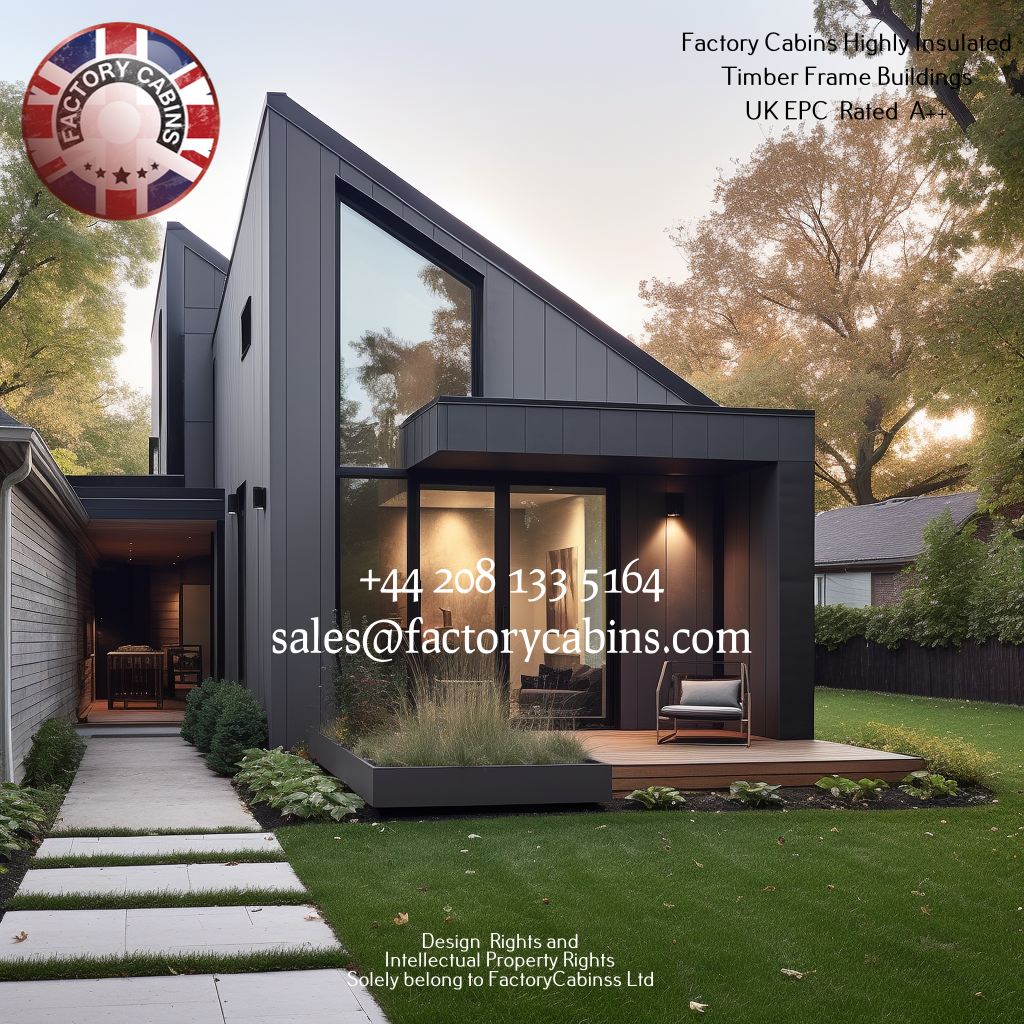
Participate in the forthcoming expedition organised by Factory Cabins.
Establishing the Benchmark for Sustainable Lifestyles
Factory Cabins cordially invites you to take the lead in embracing sustainable living as we embark on a promising journey towards a more ecologically responsible future. Individuals from many backgrounds, including developers, homeowners, and change agents, possess the capacity to exert a substantial influence on the trajectory of events. Please reach out to Factory Cabins in order to join a community that is committed to fostering a more sustainable future.
Factory Cabins is committed to consistently pushing the boundaries and establishing novel benchmarks in the ever-evolving field of sustainability. Participants are encouraged to work together to create a global society where creative thinking, concern for the environment, and architectural knowledge work together to build a path to prosperity and sustainability.
Please call us on +44 208 133 5164, or email us sales@factorycabins.com
